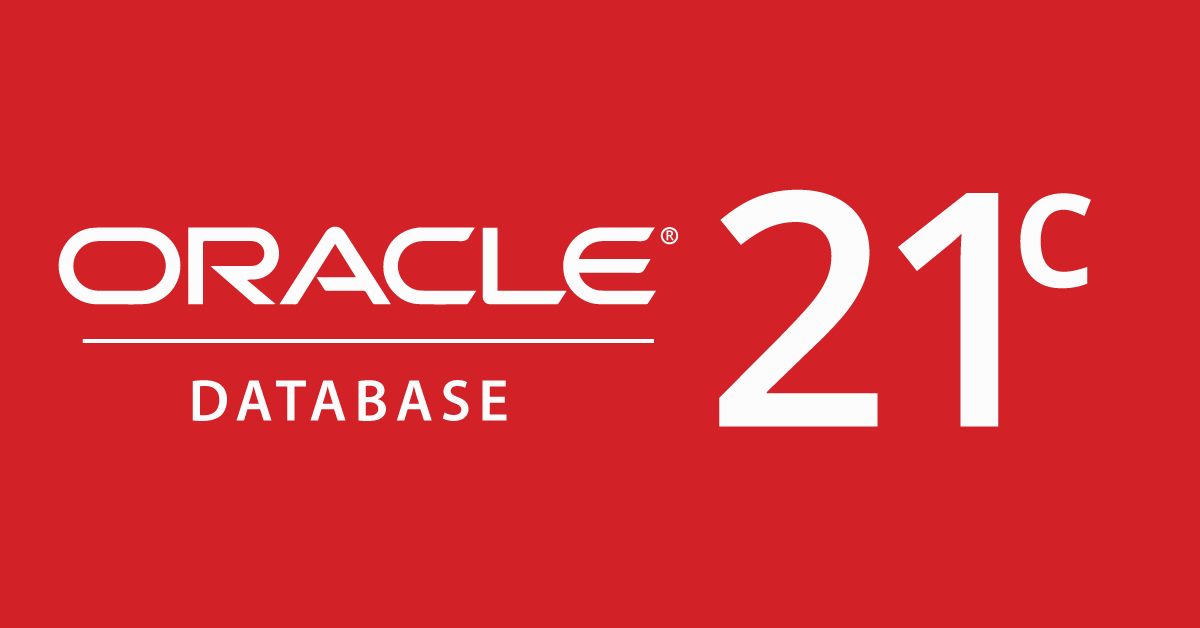Oracle Database 21C Takes on Cloud with APEX

Introduction
“Cloud-first”, “Innovative”, “Powerful”, “Adapted for machine learning”. It is in these terms that Oracle described its new version: Oracle Database 21c.
The famous database management system (DBMS) contains no less than 200 innovations and includes an unprecedented evolution of its application development tool called APEX and available on the cloud. Oracle’s stated goal is to consolidate its leadership position by providing the most powerful converged database engine in the world while adapting to changes in the IT field. Did the firm achieve its objective with this version?
Find out what’s new in Oracle Database 21c and Apex.

Oracle Database 21c, a Version Focused on Multi Data
1. Native Support for JSON
Oracle supports since its variant 12c JSON data by saving it in the form of VARCHAR2 or LOB files (CLOB or BLOB). Users can also query JSON documents using standard SQL queries.
But version 21c goes further by integrating a native type: “JSON”. Now JSON data is stored in an internal binary format which makes it much more direct to access. Read and update operations are up to 5 times faster and up to 30 times faster for editing very large JSON files.
Example of creating a new database table that includes data of type:
JSONCREATE TABLE j_order ( id INTEGER PRIMARY KEY,po_doc JSON) ;
Oracle Database 21c also includes a new JSON_TRANSFORM function that makes it easy to update and delete multiple data in a document, in a single operation.
UPDATE j_order SET po_doc = JSON_TRANSFORM( po_doc, SET « $. address.city » = « Paris » , REMOVE » $. phones [*]?(@.type == « portable »)' )WHERE id = 777;Finally, Oracle added support for the JSON data type to software packages and utilities such as Datapump and GoldenGate.
2. Execution of JavaScript Code in the Database
Another long-awaited new feature of Oracle Database 21c is the ability to run JavaScript code directly in the database. With the DBMS_MLE package, data of type JavaScript is automatically mapped to Oracle data types and vice versa. It is now easy to exchange data transparently between PL / SQL and JavaScript. The JavaScript code itself can perform PL / SQL and SQL commands via an integrated JavaScript module.
Example code to run JavaScript in an SQL query:
DECLARE ctx
DBMS_MLE.context_handle_t : = DBMS_MLE.create_context ();
BEGIN
DBMS_MLE.eval (ctx, 'JAVASCRIPT', q'~console.log("Hello world !");
DBMS_MLE.drop_context(ctx);
END;JavaScript is evaluated in a database session and is always bound to a context that encapsulates the state of the application. This context is then deleted (drop_context) as soon as it is no longer needed.
3. Creation of a New Machine Learning Tool: AutoML
Already in its previous versions, Oracle integrated machine learning algorithms that allowed the power of its DBMS to be used to create predictive models. More than 30 machine learning algorithms could run directly on the data contained in the database. Oracle Database 21c adds support for MSET-SPRT, XGBoost, and Adam Solver algorithms (for neural networks).
But above all, this new version marks the arrival of AutoML, a tool that complements the existing R and SQL interfaces. Now, scientists, data scientists, and analysts will be able to provide Python machine learning interfaces to the database. AutoML also simplifies the development of predictive machine learning models by automating the selection of features and facilitating the adjustments needed to build accurate models.
4. Protect this Data with Oracle Blockchain Tables
Another fundamental innovation of this 21c version is the appearance of Blockchain tables. These tables operate on an essential principle for data protection: immutability. Each row of data inserted is hashed cryptographically when it is added to the database. The content can no longer be edited or deleted.
5. The Revival of the Oracle APEX Application Development Service
Oracle Application Express available as a cloud service
Oracle has been providing developers with the ability to quickly program applications for over 15 years. The Oracle Application Express integrated development environment, better known as “Oracle Apex”, is a low-code platform, that is, a platform requiring minimal coding, which makes it possible to easily create and deploy applications.
APEX is now delivered as a cloud-native application development service linked to a database in Oracle Cloud Infrastructure (OCI). Accessible directly from a browser, the IDE now includes a base of 1 to 500 terabytes that run on a single to 128 OCPUs (an Oracle unit of measure, defined as the CPU capacity equivalent of a core Intel Xeon processor physics with hyper-threading).
6. More Use Cases
According to its creators, Oracle APEX now provides developers with everything they need to build complex applications nearly 40 times faster.
Andrew Mendelsohn, vice president of Oracle, said, “APEX is powerful enough to create the vast majority of business software. Building data-driven applications with traditional encoding should now be the exception rather than the rule.

In addition, with APEX, users can develop and install their programs on all platforms with Oracle DBMS including in the cloud.
Finally, the software created in APEX integrates different types of data (for example relational, JSON, and spatial). This same software can use variables from various sources within particular the synchronization of data from API REST.





